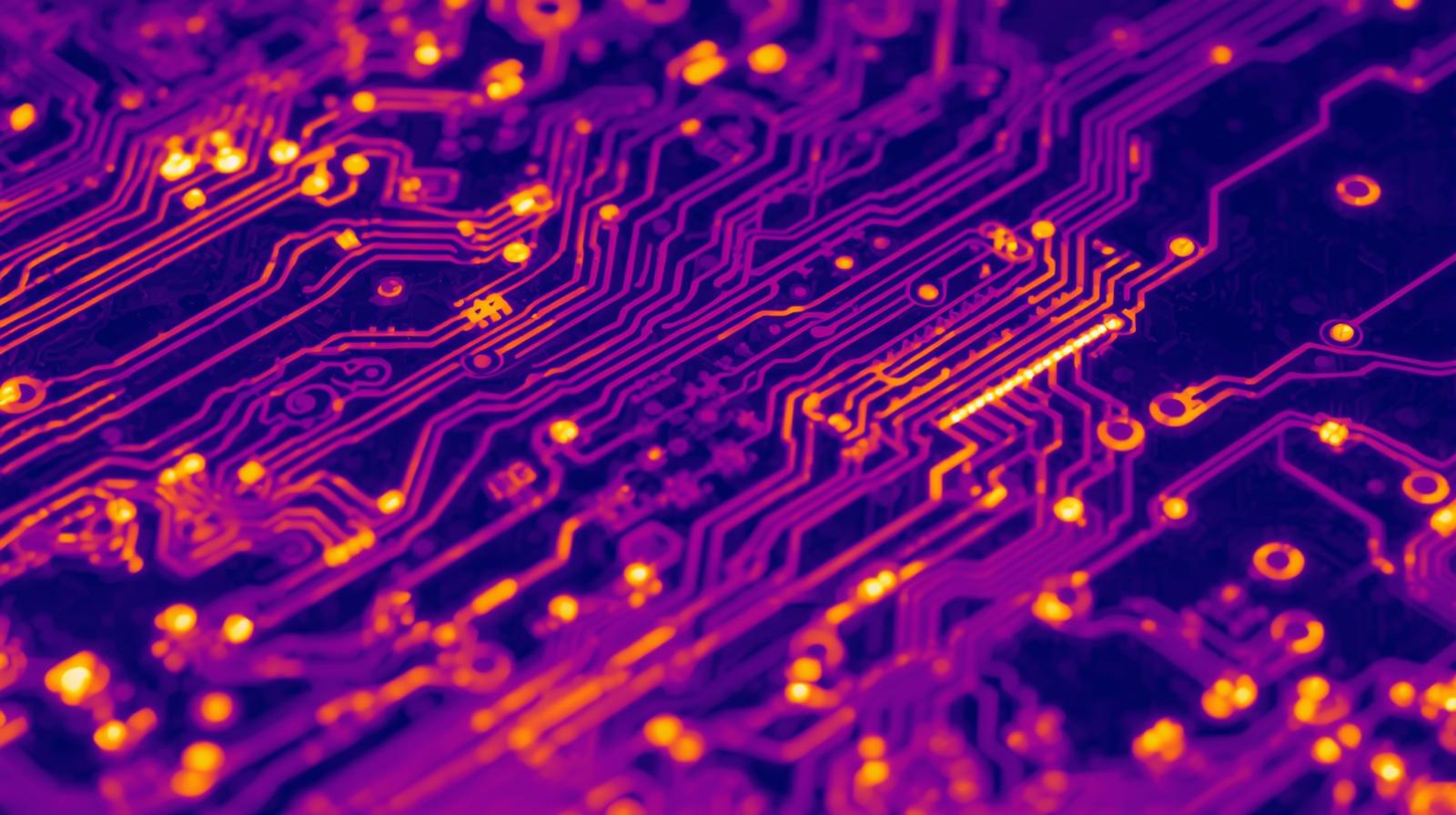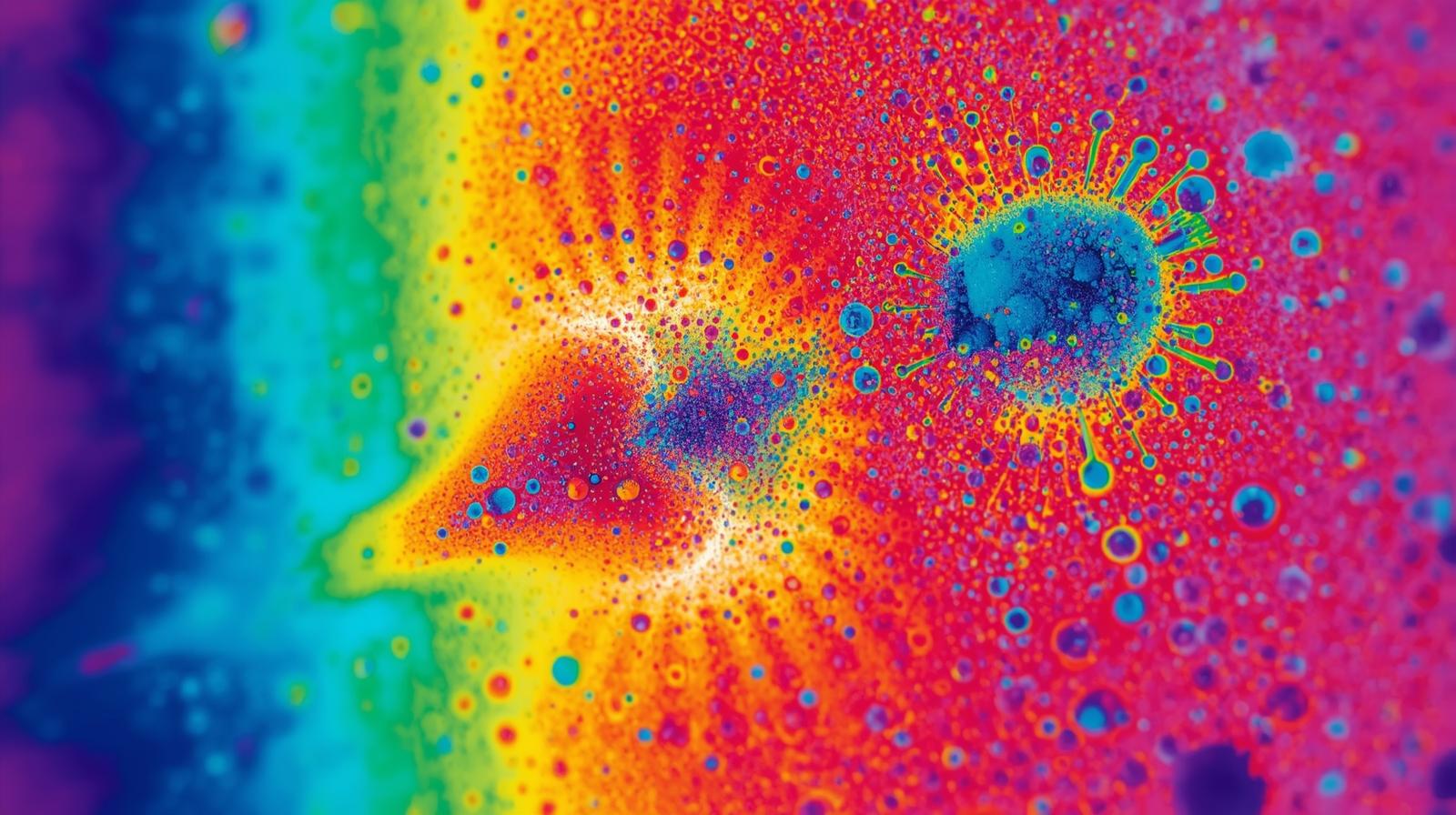Infrared imaging technology, often visualized through thermal cameras, is revolutionizing medical diagnostics. This non-invasive technique captures the heat patterns emitted by the human body. These patterns provide a visual map of surface temperature and blood flow. In the healthcare sector, this data is invaluable for detecting abnormalities and monitoring physiological functions. The infrared imaging market is poised for significant growth driven by technological advancements. The opportunities within the healthcare industry represent a major frontier for this technology. This article will explore the vast potential and future directions of infrared imaging in medicine.

The Fundamental Science Behind Thermal Imaging
All objects with a temperature above absolute zero emit infrared radiation. The human body is a perfect emitter of this thermal energy. An infrared camera detects this invisible radiation and converts it into a visible image. Different colors on a thermal map correspond to different temperature levels. Warmer areas typically appear red, orange, or yellow, while cooler areas are blue or purple. This allows clinicians to see subtle variations in skin temperature that are invisible to the naked eye. These variations can be early indicators of underlying pathology, inflammation, or circulatory issues, forming the basis for its medical applications.
A Paradigm Shift Towards Non-Invasive Diagnostics
The modern healthcare landscape is increasingly favoring non-invasive diagnostic tools. Patients and providers alike seek methods that are safe, painless, and do not involve radiation. Infrared imaging fits this criterion perfectly, offering a passive and contactless way to gather physiological data. This shift is a primary driver for the infrared imaging market opportunities in the healthcare industry. It reduces patient discomfort and anxiety, leading to higher compliance with screening protocols. Furthermore, it eliminates the risk of cross-contamination, a critical factor in infection control. This paradigm shift creates a fertile ground for the adoption of thermal technology.
Early and Accurate Breast Cancer Detection
One of the most promising applications of infrared imaging is in the field of oncology, specifically breast cancer screening. Thermography can identify areas of increased metabolic activity and angiogenesis, which are hallmarks of tumor growth. These areas appear as hotspots on the thermal image long before a tumor is large enough to be detected by a mammogram. While not a replacement for mammography, it serves as a valuable adjunctive tool for early risk assessment. It is particularly beneficial for women with dense breast tissue where mammograms can be less effective. This application significantly expands the infrared imaging market opportunities in preventive healthcare.
Transforming Vascular and Circulatory Assessment
Infrared imaging provides a dynamic and real-time view of the vascular system. It is exceptionally effective in diagnosing conditions like Deep Vein Thrombosis (DVT), peripheral vascular disease, and Raynaud’s phenomenon. By visualizing blood flow patterns, clinicians can identify blockages or constrictions that cause temperature asymmetries between limbs. The technology is also used to assess the viability of skin flaps and grafts in reconstructive surgery. It helps surgeons ensure adequate blood supply to the transplanted tissue, improving surgical outcomes. This non-invasive vascular assessment is a cornerstone of its clinical utility.
Pain Management and Musculoskeletal Diagnostics
In pain management and orthopedics, infrared imaging offers an objective method to localize and evaluate pain sources. Conditions like complex regional pain syndrome (CRPS), arthritis, and soft tissue injuries create distinct thermal patterns. Inflammation, a key component of pain, generates heat that is easily detected by thermal cameras. This allows for precise targeting of treatments such as nerve blocks or physical therapy. It also helps in monitoring the effectiveness of interventions over time. The ability to visualize pain and inflammation objectively makes it a powerful tool for clinicians.
The Critical Role in Fever Screening and Public Health
The recent global pandemic underscored the importance of rapid, mass fever screening. Infrared thermal cameras were deployed extensively at airports, hospitals, and public venues to identify individuals with elevated body temperature. This application highlighted the public health potential of this technology for infection control. While it does not diagnose specific diseases, it serves as an effective first-line screening tool to prevent the spread of infectious illnesses. The infrastructure and awareness built during this period have permanently cemented its role in public health strategy. This has opened up substantial infrared imaging market opportunities in the healthcare industry for biosecurity.
Enhancing Surgical Procedures and Operational Workflows
Within the operating room, infrared imaging is finding novel applications to enhance surgical precision. It can be used to identify critical structures, such as bile ducts during cholecystectomy or to assess blood flow to organs during transplantation. Real-time thermal feedback helps surgeons make informed decisions, reducing the risk of iatrogenic injuries. Furthermore, it can monitor patient core temperature during long procedures, preventing hypothermia. These applications improve patient safety and surgical outcomes, making it an invaluable asset in advanced surgical suites and creating new market niches.
Integration with Artificial Intelligence and Automation
The future of infrared imaging is inextricably linked with artificial intelligence (AI) and machine learning. AI algorithms can analyze vast datasets of thermal images to identify patterns that may be too subtle for the human eye. This leads to automated, faster, and more accurate diagnostics. Machine learning models can be trained to detect specific diseases with high sensitivity and specificity. The integration of AI is a key factor accelerating the infrared imaging market opportunities in the healthcare industry. It promises to democratize expert-level diagnostic capabilities, making them accessible in remote or underserved areas.
Expanding Access with Telemedicine and Remote Monitoring
The rise of telemedicine presents another significant opportunity for infrared imaging. Portable and affordable thermal cameras can be used by patients at home for chronic condition management. For instance, patients with diabetes could monitor foot temperature to detect early signs of ulceration. The thermal data can be securely transmitted to a healthcare provider for remote assessment. This facilitates proactive care and early intervention, potentially reducing hospital admissions. This convergence of telemedicine and thermal technology is set to redefine patient monitoring and chronic disease management.
Overcoming Market Challenges and Barriers
Despite its potential, the adoption of infrared imaging in healthcare faces certain challenges. Regulatory hurdles for medical device approval can be lengthy and complex. There is also a need for standardized protocols for image acquisition and interpretation to ensure consistency. Reimbursement policies from insurance providers for thermographic procedures are still evolving. Additionally, educating the medical community about the technology’s capabilities and limitations is crucial. Addressing these challenges is essential for unlocking the full spectrum of infrared imaging market opportunities in the healthcare industry.

The Competitive Landscape and Key Innovations
The market for medical infrared imaging is becoming increasingly competitive. Established medical device companies and innovative startups are driving rapid technological advancements. Key innovations include the development of high-resolution, low-cost uncooled microbolometer sensors. These sensors are making the technology more affordable and accessible. Integration with smartphones and tablets is another trend, creating highly portable diagnostic tools. Furthermore, companies are focusing on developing specialized software for different medical applications, from oncology to ophthalmology. This competitive environment fosters continuous improvement and expands the technology’s reach.
Future Projections and Untapped Potential
The future of the infrared imaging market in healthcare is exceptionally bright. Research is exploring its use in areas like ophthalmology for diagnosing diabetic retinopathy, in dentistry for detecting inflammation, and in neurology for studying migraines. The concept of “thermal fingerprints” for specific diseases is a promising area of research. As sensor technology becomes more sensitive and AI more sophisticated, the resolution and diagnostic power of thermal imaging will only increase. The untapped potential is vast, suggesting that we are only at the beginning of discovering the full scope of its medical applications.
The global Infrared Imaging Market was valued at USD 8.06 billion in 2024 and is projected to grow from USD 8.61 billion in 2025 to USD 11.65 billion by 2030, at a CAGR of 6.2% during the forecast period.
Download PDF Brochure @ https://www.marketsandmarkets.com/pdfdownloadNew.asp?id=593
A Warm Future for Healthcare Diagnostics
In conclusion, infrared imaging is transitioning from a niche technology to a mainstream diagnostic modality. The infrared imaging market opportunities in the healthcare industry are vast and multifaceted, spanning from cancer detection to telemedicine. Its non-invasive, radiation-free, and real-time nature aligns perfectly with the future of medicine. As technological barriers fall and clinical validation grows, adoption will accelerate. This technology promises to improve patient outcomes, enhance surgical precision, and make healthcare more proactive and accessible. The ability to see the human body’s thermal signature is truly allowing medicine to see a healthier future for all.
Explore In-Depth Semiconductor & Electronics Market Research:
https://www.marketsandmarkets.com/semiconductorand-electonics-market-research-87.html
Frequently Asked Questions (FAQs)
1. How does infrared imaging differ from X-ray or MRI?
Infrared imaging detects heat emitted by the body, while X-rays use ionizing radiation to see through tissue, and MRI uses magnetic fields. Thermography is functional, showing metabolic activity, whereas X-ray and MRI are primarily structural.
2. Is medical infrared imaging safe?
Yes, it is completely safe and non-invasive. It is a passive technology that only records the natural infrared radiation from the skin’s surface. It involves no radiation, is painless, and is contactless.
3. Can infrared imaging replace other diagnostic tests like mammograms?
No, it is not a replacement but an adjunctive tool. It provides different physiological information. It is best used alongside other tests to provide a more comprehensive assessment, especially for early risk detection.
4. What are the limitations of infrared imaging in healthcare?
Its primary limitation is that it only measures surface temperature, not deep tissue conditions. Results can be influenced by room temperature, air drafts, and lotions on the skin. It requires skilled interpretation and standardized protocols.
5. How is artificial intelligence used with infrared imaging?
AI and machine learning algorithms analyze thermal images to detect subtle patterns indicative of specific diseases. This automates analysis, increases diagnostic speed and accuracy, and helps in standardizing interpretation across different users.
6. What is the future outlook for the infrared imaging market in healthcare?
The outlook is very positive, with strong growth projected. This is driven by technological advancements, the demand for non-invasive diagnostics, integration with AI and telemedicine, and expanding applications in new medical fields like neurology and chronic disease management.
See The Latest Semiconductor Reports:
Actuators Market Size, Share & Trends : https://www.marketsandmarkets.com/Market-Reports/global-actuators-market-59465451.html
Battery Technology Market Size, Share & Trends : https://www.marketsandmarkets.com/Market-Reports/battery-technology-market-253343109.html
Smart Appliances Market Size, Share & Trends : https://www.marketsandmarkets.com/Market-Reports/smart-appliances-market-8228252.html
Quantum Computing Market Size, Share & Trends: https://www.marketsandmarkets.com/Market-Reports/quantum-computing-market-144888301.html
Cold Chain Monitoring Market Size, Share & Trends : https://www.marketsandmarkets.com/Market-Reports/cold-chain-monitoring-market-161738480.html
Head-up Display (HUD) Market Size, Share & Trends : https://www.marketsandmarkets.com/Market-Reports/head-up-display-hud-market-684.html
